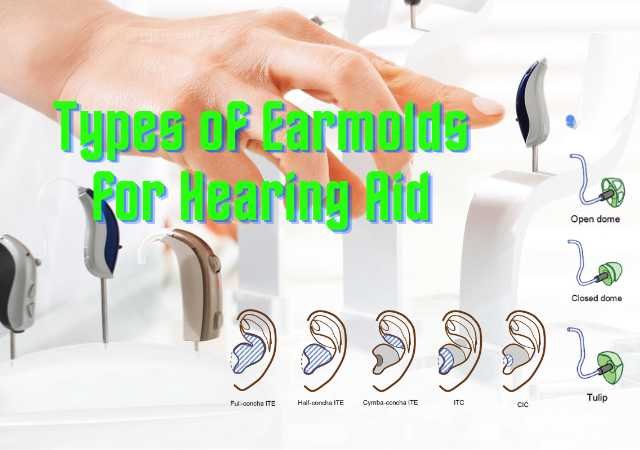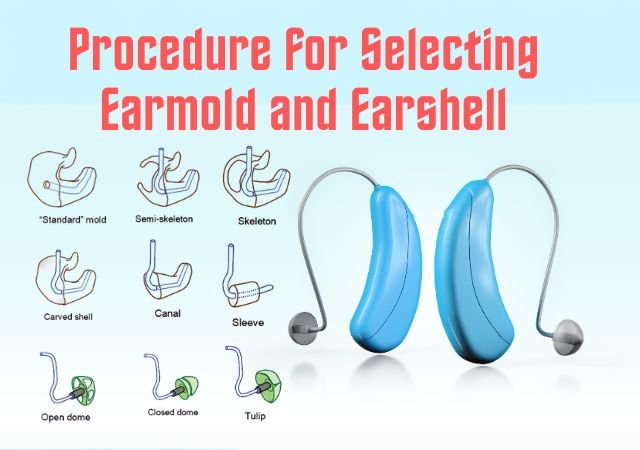
Sensory-Motor Treatment Approaches for Speech Therapy: Sensory-Motor Treatment Approaches are invaluable tools in the field of speech therapy. By addressing the sensory-motor aspects of speech production, these approaches empower individuals to overcome speech challenges and communicate effectively. Whether it’s improving articulation, reducing stuttering, or enhancing overall speech clarity, these techniques offer hope and progress on the journey to better communication. If you or a loved one are facing speech challenges, consider exploring Sensory-Motor Treatment Approaches with a qualified speech therapist. With dedication and expert guidance, the path to clearer and more confident speech is within reach.
Various speech disorders can disrupt this delicate sensory-motor balance. These challenges may include articulation disorders, phonological disorders, stuttering, and apraxia of speech. Sensory-Motor Treatment Approaches aim to address these issues by enhancing sensory perception and refining motor skills.
Remediation Guidelines for Motor Approaches
- Remediation is advised using a motor approach as a method of instruction for clients who exhibit issues with motor manufacture. One set of those who commonly qualify for motor vehicle covers strategies with enduring (residual) errors.
- It is also possible to add a motor approach into programs for client treatment that language-based mistakes. Advice should be started at the level of the linguistic unit (isolation, syllable, phrase) that a customer can create the intended result sounds.
- Training in perception for customers who have demonstrated perceptual issues caused by their incorrect sounds are as part of a motor remediation, advised program
Types of Intensive Sensory-Motor Treatment Approaches for Speech Therapy
Articulation Therapy
Articulation therapy is a cornerstone of speech therapy. It concentrates on improving an individual’s ability to produce speech sounds accurately. Sensory-motor treatment within articulation therapy involves exercises that heighten sensory awareness of tongue, lip, and jaw movements. These exercises enhance motor coordination, leading to clearer speech.
Sensory Integration Therapy
Sensory integration therapy, while commonly associated with occupational therapy, can also be beneficial in speech therapy. This approach helps individuals process sensory information more effectively. In speech therapy, sensory integration exercises can improve an individual’s ability to interpret and respond to auditory and tactile cues, essential for language development.
Orofacial Myofunctional Therapy
Orofacial myofunctional therapy focuses on the muscles of the mouth and face. It addresses issues such as tongue thrust, which can affect speech clarity. Sensory-motor components of this therapy include exercises that promote proper muscle tone and coordination, ultimately improving speech production.
Instruments Used During Sensory-Motor Treatment Approaches in Speech Therapy
Sensory-Motor Treatment Approaches within speech therapy are designed to enhance speech and language abilities by addressing sensory perception and motor skills. Speech therapists utilize various instruments and tools to achieve these therapeutic goals. Here are some of the instruments commonly used in sensory-motor treatment within speech therapy:
Mirror
Mirrors are a fundamental tool in speech therapy. They help individuals observe their facial movements, tongue positions, and lip movements while speaking. This visual feedback is crucial for improving articulation and speech clarity.
Tongue Depressors
Tongue depressors are flat, wooden sticks that speech therapists use to examine the oral cavity and assess tongue movement. They are also used in exercises to improve tongue strength and coordination.
Speech Sound Cue Cards
These cards contain visual cues, such as images or symbols, that assist individuals in pronouncing specific speech sounds correctly. They are particularly useful for articulation therapy.
Lip and Jaw Exercisers
These small, portable devices are designed to strengthen the muscles of the lips and jaw. They are used in exercises to improve articulation and speech production.
Oral-Motor Tools
Oral-motor tools include items like chewy tubes, oral exercisers, and vibrating tools. They are used to enhance oral awareness and motor skills, particularly in individuals with speech difficulties.
Communication Apps
In today’s digital age, speech therapists often use communication apps on tablets or smartphones to engage clients. These apps may include visual aids, speech exercises, and interactive tools to facilitate communication.
Auditory Feedback Devices
Auditory feedback devices provide individuals with real-time feedback on their speech. These tools help clients monitor and adjust their speech patterns to improve fluency and clarity.
Speech Therapy Software
Specialized speech therapy software offers interactive exercises and activities that target various speech disorders. These programs can be customized to meet individual needs
Recording Equipment
Digital voice recorders and computer-based recording software are utilized to record and analyze a client’s speech patterns. These recordings help speech therapists identify areas of improvement and track progress over time.
AAC Devices (Augmentative and Alternative Communication)
For individuals with severe speech impairments, AAC devices come into play. These electronic instruments enable users to communicate by selecting symbols or words on a screen, which are then synthesized into speech.
Visual Communication Aids
Visual communication aids, such as communication boards or picture exchange systems, assist individuals who struggle with verbal communication. These aids allow individuals to express themselves by pointing to or selecting images or symbols.
Sensory Integration Tools
While primarily associated with occupational therapy, some sensory integration tools can be adapted for use in speech therapy. These tools help individuals process sensory information more effectively, which can improve speech and language development.
iPad and Tablet Apps
Speech therapists often use iPads and tablets loaded with speech and language therapy apps. These apps offer a wide range of activities and exercises tailored to specific speech disorders, making therapy engaging and interactive.
Video Modeling
Video modeling involves recording and reviewing videos of individuals speaking or engaging in social interactions.
Conclusion
In the realm of speech therapy, Sensory-Motor Treatment Approaches are empowered by a range of invaluable instruments and tools. These tools serve as the building blocks for enhancing speech and language abilities by addressing sensory perception and motor skills. From mirrors providing visual feedback to AAC devices revolutionizing communication for those with severe speech impairments, each instrument plays a vital role in the journey toward improved communication. Speech therapists carefully select and tailor these tools to meet the unique needs of their clients. Whether it’s improving articulation, enhancing oral-motor skills, or facilitating non-verbal.
FAQ about Sensory-Motor Treatment Approaches for Speech Therapy
1. What are Sensory-Motor Treatment Approaches in speech therapy?
- Sensory-Motor Treatment Approaches are techniques that address sensory and motor aspects of speech production to help individuals overcome speech challenges and communicate effectively.
2. What speech disorders do Sensory-Motor Treatment Approaches target?
- These approaches target various disorders, including articulation disorders, phonological disorders, stuttering, and apraxia of speech.
3. What is articulation therapy, and how does it involve sensory-motor treatment?
- Articulation therapy focuses on improving speech sound accuracy. Sensory-motor treatment within articulation therapy involves exercises that heighten sensory awareness and improve motor coordination for clearer speech.
4. Can Sensory Integration Therapy be beneficial in speech therapy?
- Yes, Sensory Integration Therapy, commonly associated with occupational therapy, can be beneficial in speech therapy by improving the processing of sensory information essential for language development.
5. What is Orofacial Myofunctional Therapy, and how does it incorporate sensory-motor components?
- Orofacial Myofunctional Therapy addresses mouth and face muscles, targeting issues like tongue thrust. Sensory-motor components involve exercises promoting proper muscle tone and coordination for improved speech production.
6. What instruments are commonly used in Sensory-Motor Treatment Approaches for speech therapy?
- Instruments include mirrors for visual feedback, tongue depressors for oral assessments, speech sound cue cards for pronunciation assistance, and various tools to enhance oral-motor skills.
7. How do speech therapists use communication apps in Sensory-Motor Treatment?
- Communication apps on tablets or smartphones are used for visual aids, interactive tools, and speech exercises to engage clients and facilitate communication.
8. What is the role of auditory feedback devices in speech therapy?
- Auditory feedback devices provide real-time feedback on speech, helping clients monitor and adjust their speech patterns to improve fluency and clarity.
9. How are AAC devices utilized in Sensory-Motor Treatment Approaches?
- AAC devices are electronic instruments for individuals with severe speech impairments, enabling communication through selecting symbols or words on a screen, which are then synthesized into speech.
10. How do speech therapists use video modeling in Sensory-Motor Treatment?
- Video modeling involves recording and reviewing videos of individuals speaking or engaging in social interactions, aiding in speech therapy by providing visual examples for clients to observe and learn.
References:
- SPEECH CORRECTION An Introduction to Speech Pathology and Audiology 9th Edition Charles Van Riper [Book]
- Articulation and Phonological disorder Speech Sound Disorders in Children 8th Edition – John E Bernthal [Book]
- Assessment in Speech Language Pathology A Resource Manual 5th Edition, Kenneth G. Shipley, Julie G. McAfee [Book]
- Manual on Developing Communication Skill in Mentally Retarded Persons T.A. Subba Rao [Book]







0 Comments